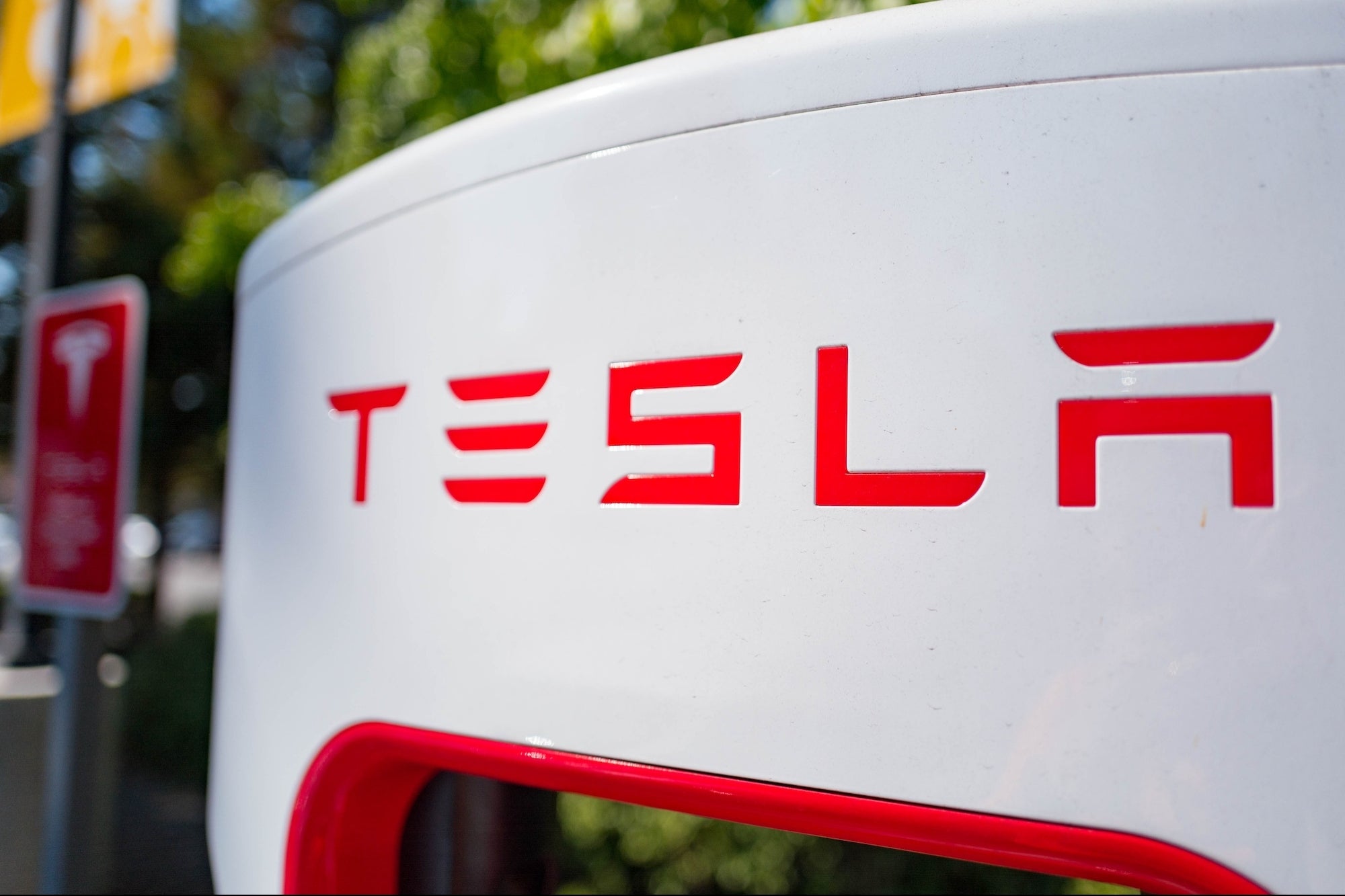A High Churn Can Cause Your Business to Crash and Burn This vital metric can help determine how much your company will grow and can hurt or help your chances of receiving investment money.
By George Deeb •

Opinions expressed by Entrepreneur contributors are their own.
Customer churn -- the percentage of those that stop shopping with you in a given period -- is one of the most important metrics a startup can measure, and reduce, over time.
Churn is typically calculated for businesses with recurring monthly revenue streams. The higher your churn, the poorer job you are doing at retaining your customers. Worse yet, instead of getting lower-cost marketing efficiencies from retention marketing to current customers, you are back fishing again in expensive pools for new customer acquisition.
Related: Want Loyal Customers? Talk to Your Hair Stylist.
As a benchmark, try to keep your monthly rate of lost customers below 2.5 percent per month. It is unreasonable to assume you will keep all of your customers in perpetuity, with zero churn. Put the tracking in place in your business to measure this key metric, then optimize it accordingly.
Why does this matter? The difference between a 2.5 percent and a 5 percent churn rate could be the difference in building a business 50 percent larger in a five-year period of time. Although you may not identify an immediate problem today, it certainly adds up over the years if left unchecked.
So, what causes churn? Customers are obviously unhappy with your product or pricing. To reduce churn, you need to be surveying your former customers to figure out why they left. Then you can put a plan in place to address those issues in your current offerings, so current and future customers stick with you, and you can more quickly grow your business.
In a great blog post on this topic, David Skok, a serial entrepreneur and venture capitalist at Matrix Partners, introduces a concept called "negative churn," which basically means retained customers' bigger purchases offsets any revenues lost from customers who cancel services. That is very good wisdom, as "landing and expanding" with current customers is obviously a lot easier than trying to drum up new customers from scratch. The difference between a negative and positive 2.5 percent churn rate is building a business that is almost three times larger in the next five years.
Related: Customer Retention Begins on the Front Lines
It is critical you are always talking to your customers, looking for areas for improvement, especially as it relates to long-term client happiness and retention. Fix what they don't like and deepen what they do like. Where you can, look for ways of increasing the stickiness of your product or service, making it painful for customers to leave you. Maybe it's your data, analytics, simple integration with their other systems or whatever else that keeps them wanting to drink your Kool-Aid.
In addition, make sure you are doing everything you can, operationally, to help reduce churn. This includes structuring longer-term contracts to reduce monthly turnover. It means training your call-center reps on how best to turn a "cancellation call" into a "retention call." If they are unsuccessful at doing that, at least turn them into focus-group managers to learn why the clients are leaving, so they can pass that information to the product team.
If your revenues, growth rate and customer satisfaction were not enough impetus for you to fully embrace the importance of lowering your churn rate, keep this in mind: smart investors are keenly focused on these metrics. If you don't know your metrics, you will not look smart to your investors. If you do know your metrics, but they are too low, you can kiss your venture capital financing goodbye.











